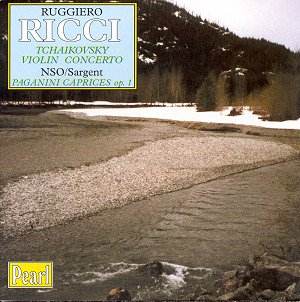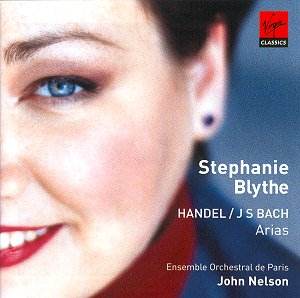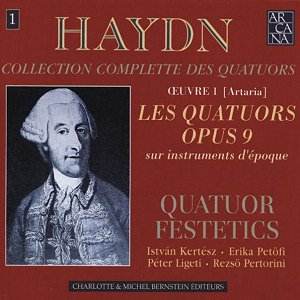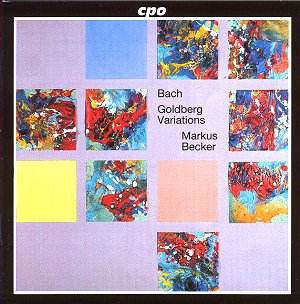 Composer: Pyotr Ilyich Tchaikovsky
Composer: Pyotr Ilyich Tchaikovsky
Works: Violin Concerto in D major, Op. 35; Niccolò Paganini: Caprices, Op. 1
Performers: Ruggiero Ricci, violin; New Symphony Orchestra; Malcolm Sargent, conductor
Recording: 1950
Label: Decca
Ruggiero Ricci, a towering figure in the 20th-century violin landscape, bridges the prodigy and seasoned artist with a masterful command of the instrument. His interpretations of Tchaikovsky’s Violin Concerto and Paganini’s Caprices, recorded in 1950 under the baton of Malcolm Sargent, resonate with the vigor and nuance of a performer in his early maturity. This recording, a testament to Ricci’s formidable technique and interpretative flair, offers insights into both the historical context of the works and the artist’s unique approach to their execution.
Tchaikovsky’s Violin Concerto, composed in 1878, has long been a staple of the violin repertoire, celebrated for its lyrical beauty and technical demands. Ricci’s performance is imbued with a blend of bravura and expressiveness, capturing the essence of the work while also injecting his personal stylistic elements. The first movement showcases Ricci’s dynamic range, particularly evident in the thrilling violin run around the 4:50 mark, where his rubato, though slightly theatrical, adds an exhilarating sense of freedom. The speed of his vibrato, while fast, remains controlled, allowing the lyrical passages to breathe without succumbing to excessive sentimentality. The partnership with Sargent proves fruitful, as the conductor adeptly shapes the orchestral backdrop, enhancing the soloist’s lyrical phrasing, especially noticeable at 4:10 in the second movement.
Ricci’s interpretation is not without its idiosyncrasies. There are moments of smeared intonation and a hint of overindulgence, reflecting a philosophy that favors expressive excess over restraint. This is particularly palpable in the finale, where the propulsion one might expect feels somewhat tempered. However, Ricci’s steadiness and commitment to the character of the music prevail, resulting in a reading that, while lacking the sheer convulsiveness of some interpretations, remains effective and engaging.
Turning to the Paganini Caprices, Ricci’s recording stands as a pioneering effort—indeed, it was the first complete recording without the customary piano accompaniment. This daring choice underscores his commitment to the violin’s voice as a solo entity. The technical challenges of these pieces are formidable, yet Ricci rises to meet them with a combination of fearless execution and interpretative depth. The Octaves study, No. 3, showcases his intense vibrato, which may be deemed excessive by some, but it also serves to highlight his emotional engagement with the music. The Thirds study reveals his ability to sustain melodic lines with clarity, a testament to both his technical prowess and musicality.
Although the recording’s acoustic environment may be less than ideal, with some inherent limitations in sound quality, the essence of Ricci’s artistry shines through. The fifth Caprice is particularly striking; his handling of the tremolo study is masterful, demonstrating a level of technical skill that commands attention. The way he integrates contrasting elements within these studies further exemplifies his interpretative insight, reflecting a violinist who fully grasps the complexities of Paganini’s compositions.
Ruggiero Ricci’s contributions to the violin repertoire are profound, and this recording encapsulates a significant moment in his artistic journey. The combination of his technical skill, interpretative boldness, and the historical context of these works creates a compelling listening experience. His approach, while occasionally controversial, remains deeply engaging and undeniably effective, offering a vivid portrait of a violinist who was both an artist and a showman. The recordings from this era stand as a fine tribute to Ricci’s exceptional and personalized gifts, encapsulating an era of violin playing that continues to inspire and challenge musicians today.



